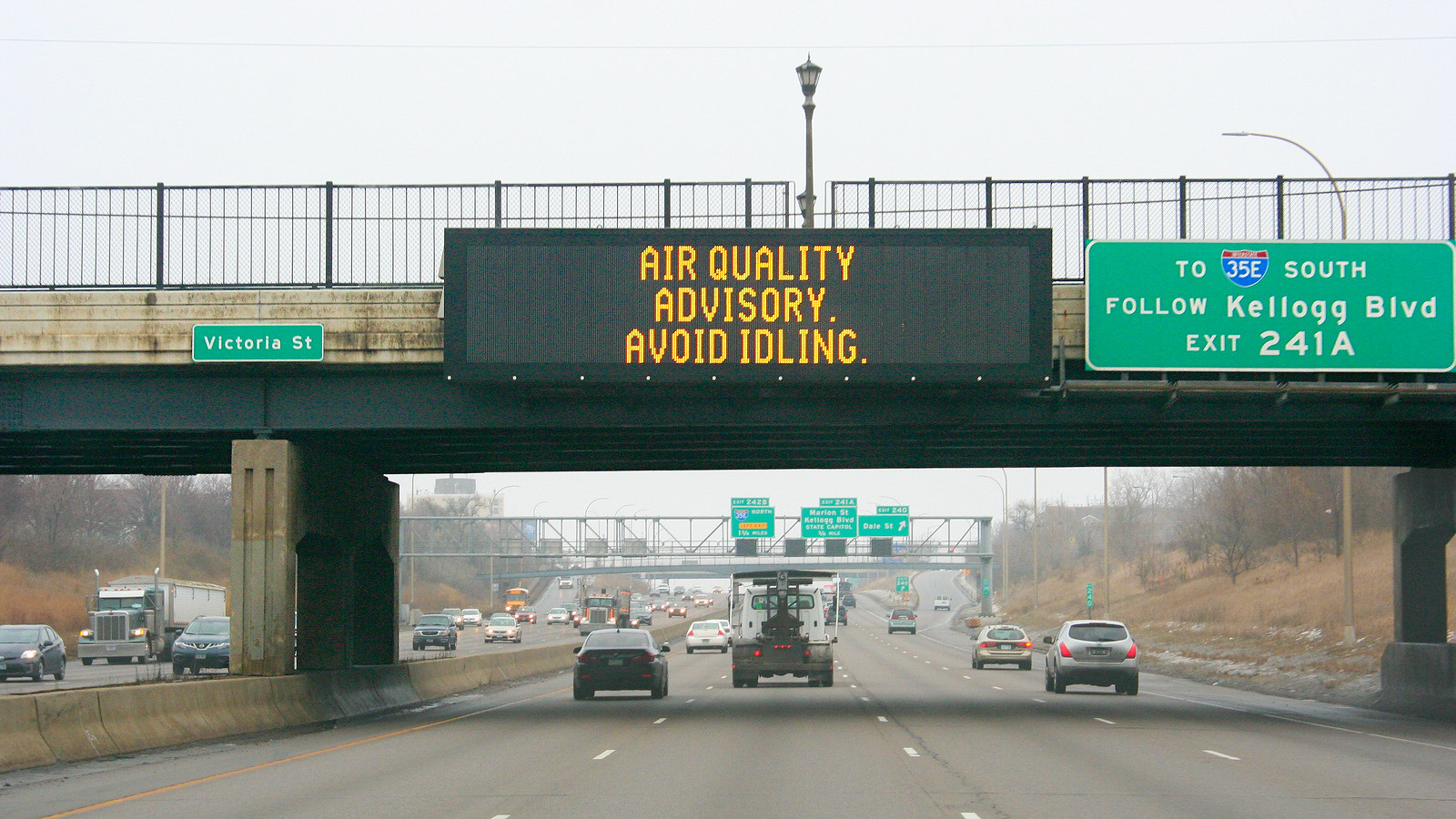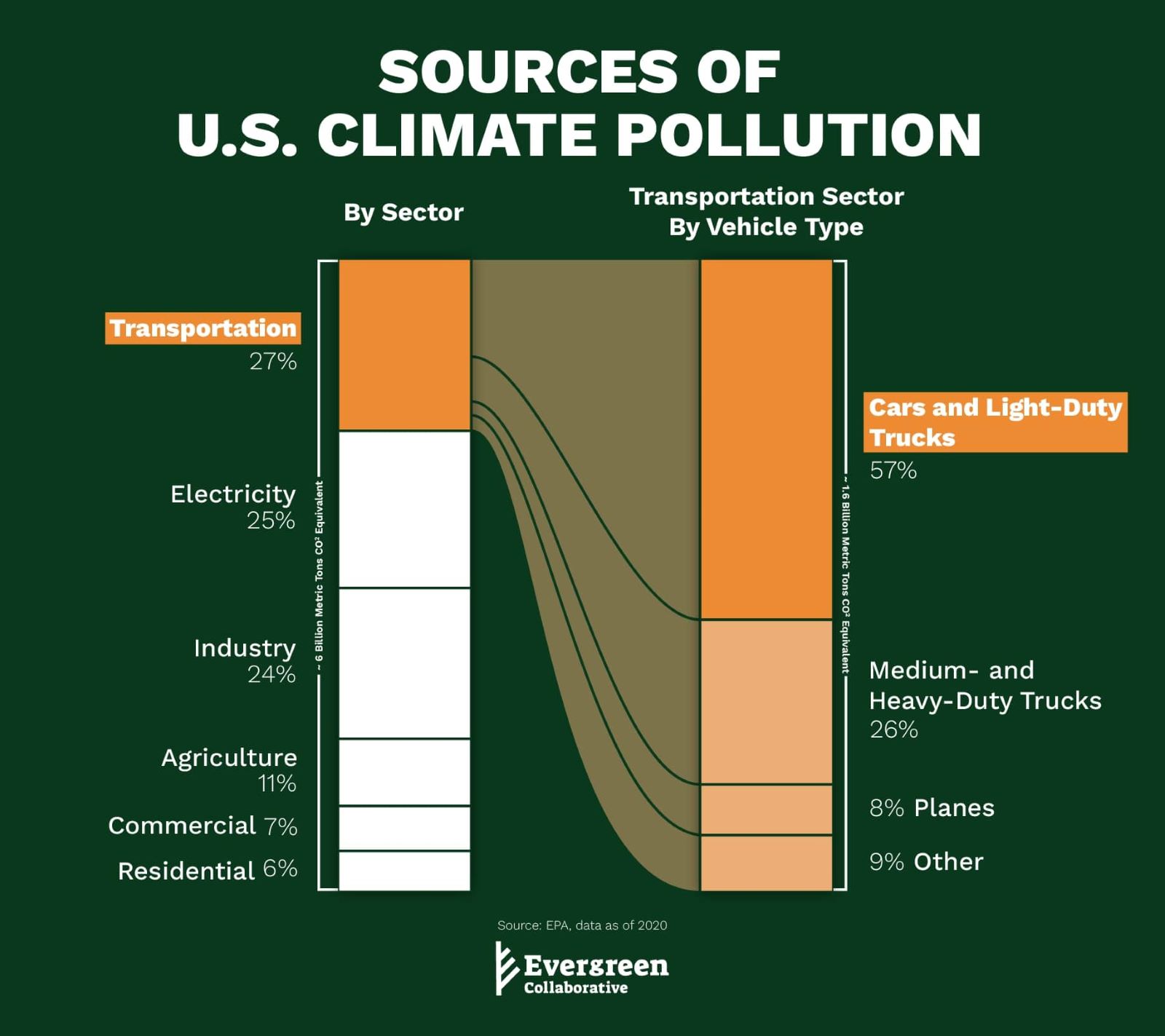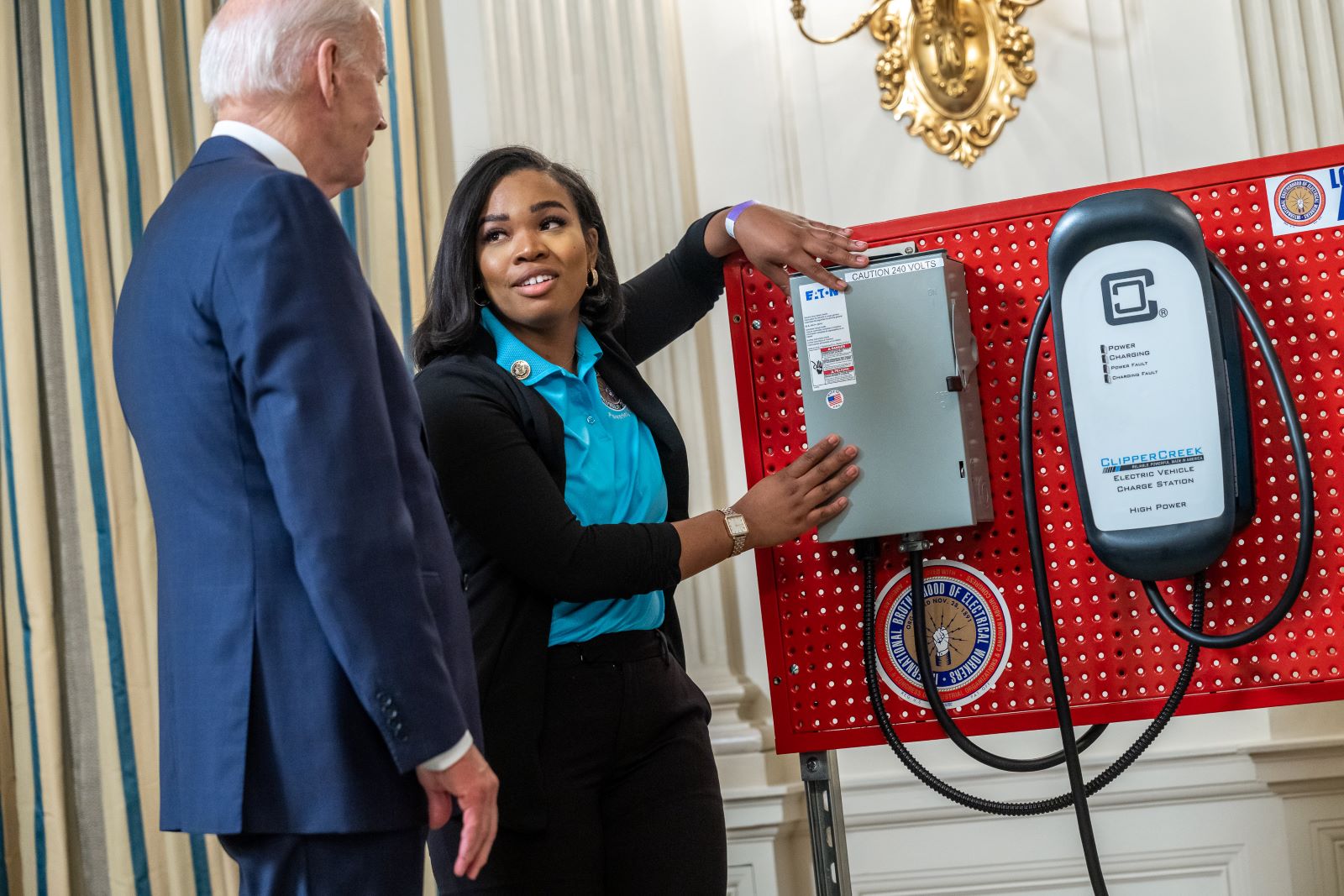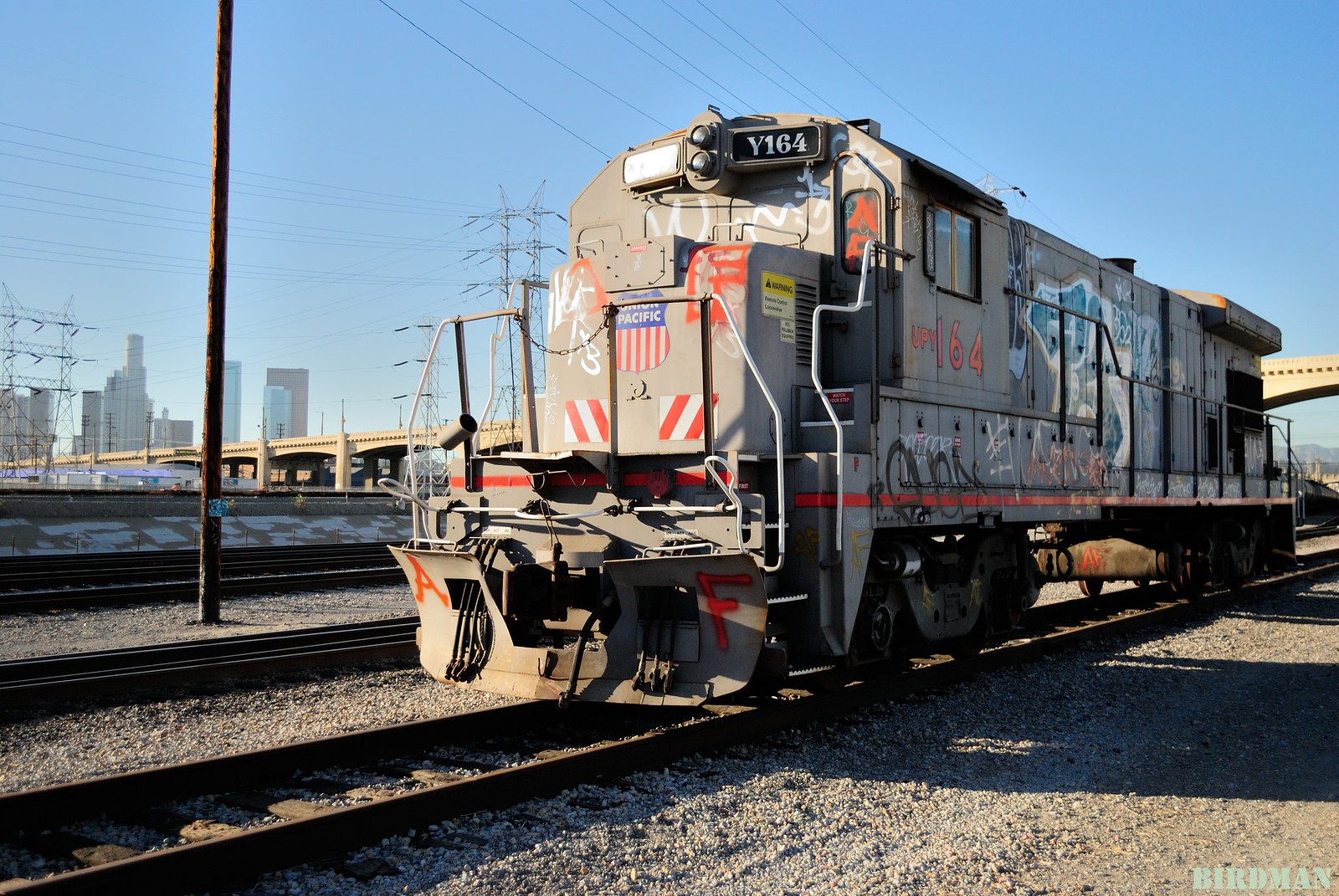|
Update: In March 2024, the Biden administration announced its final clean car standards for light-duty vehicles model year 2027 and beyond. This announcement marks a huge win for climate and public health and sets the stage for a majority of cars, SUVs, and small trucks sold in the U.S. to be all-electric or hybrids by 2032. |
Transportation is the most polluting sector in the U.S. And light-duty vehicles—like cars and SUVs—make up the largest share of that pollution, contributing a whopping 57 percent of the sector’s greenhouse gas emissions. And that pollution spewing out of car exhaust pipes isn’t just accelerating climate change; it’s literally killing us. That’s because cars and trucks don’t just emit carbon dioxide. They also release co-pollutants like particulate matter and nitrogen oxides that create a lethal form of air pollution: smog. This is linked to a slew of health problems including heart and lung disease, asthma, and cardiovascular disease, leading to thousands of premature deaths every year.
Addressing pollution from light-duty vehicles will not only help us tackle climate change but also improve the health of our communities. And the Environmental Protection Agency (EPA) not only has a tool to do this, but one that has a proven track record of success.
Meet the light-duty vehicle standard, also known as the multi-pollutant emission standard. Since 1975, EPA has regulated soot and smog forming pollution—and in 2010, EPA began regulating greenhouse gas pollution from vehicles too, using this standard. EPA just proposed their new multi-pollutant emission standards for cars in model year 2027-2032 earlier this week, which will help reduce soot, smog, and greenhouse gas pollution from cars. The proposed light-duty vehicle multi-pollutant emission standards for 2027-2032 are the strongest passenger vehicle standards EPA has ever put forward. An ambitious standard that will encourage auto makers to produce more EVs—likely surpassing the administration's goal to have half of all new car sales be EVs by 2030.
What are light-duty vehicle standards and why do they matter?
The more efficient a vehicle, the less greenhouse gas pollution it emits and the farther it goes on a single tank of gas, saving people money and improving the air we breathe. With the passage of the Clean Air Act in 1970, EPA began regulating emission standards set for light-duty vehicles, and in 1975 these emission standards took effect. EPA began setting standards to address greenhouse gas pollution from vehicles in 2010, which manufacturers had to start taking into account in 2012. Since then, EPA has increasingly ratcheted up the emissions reduction standard every four years through these light-duty vehicle rules, passing the baton to automakers to decide how to adjust the manufacturing of the car to meet these higher standards each year. Regulation of light duty vehicles has resulted in a 99 percent reduction in carbon monoxide, nitrogen oxide, and particulate matter pollution in the past 48 years.




